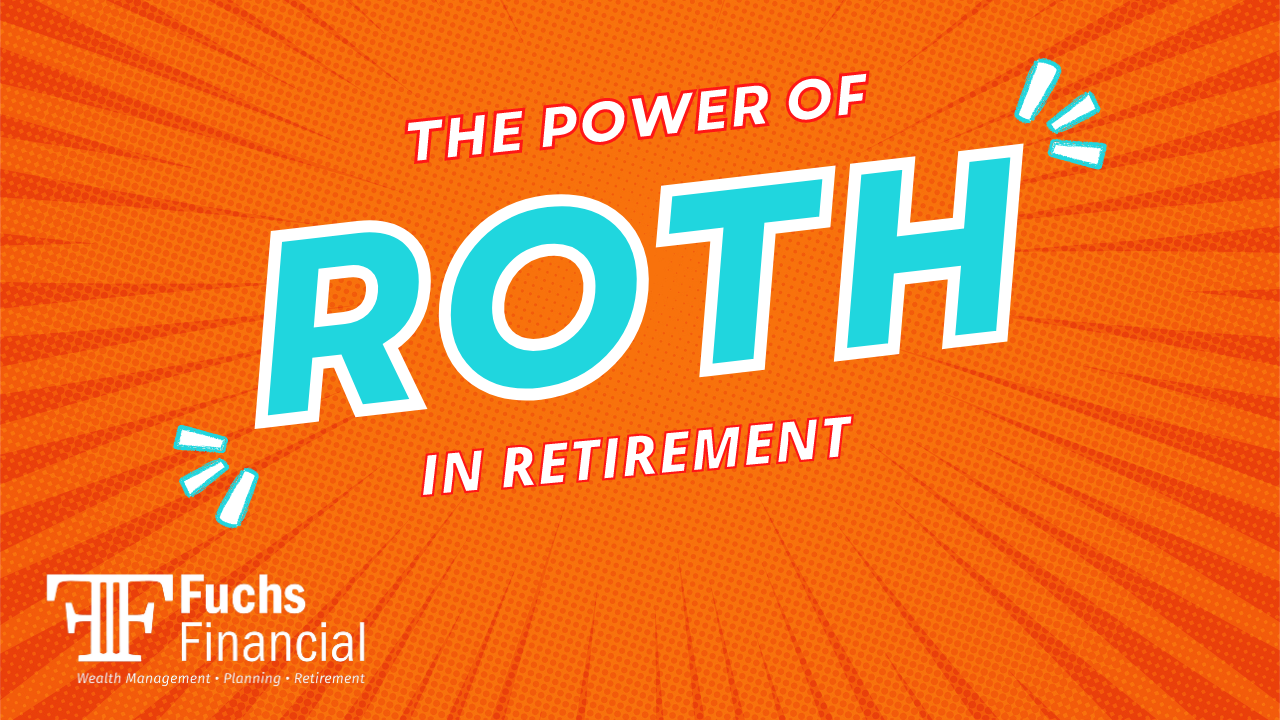Your Retirement and Required Minimum Distribution FAQs
You have worked hard to build up your retirement savings, but you can’t keep retirement funds in your account indefinitely. However, thanks to the recent SECURE Act, if your 70th birthday is July 1, 2019 or later, you can delay taking withdrawals until you reach age 72. For each year after your required beginning date, you must withdraw your required minimum distribution (RMD) by December 31.
When it comes to your RMD, you can withdraw more than the minimum and your withdrawals will be included in your taxable income – except any part that was previously taxed or that can be received tax-free.
Are there consequences for failing to take RMDs? Yes, if you do not take any distributions, or if the distributions are not large enough, you may have to pay a 50% excise tax on the amount not distributed as required.
How much will you be required to take? The RMD for any year is the account balance as of the end of the immediately preceding calendar year divided by a distribution period from the IRS’s “Uniform Lifetime Table.” A separate table is used if the sole beneficiary is the owner’s spouse who is ten or more years younger than the owner. If an account owner fails to withdraw the full required amount, the penalty may be waived if the account owner establishes that the shortfall in distributions was due to reasonable error and that reasonable steps are being taken to remedy the shortfall.
When do you need to start taking RMDs?
IRAs (including SEPs and SIMPLE IRAs)
- April 1 of the year following the calendar year in which you reach age 70½, if you were born before July 1, 1949
- April 1 of the year following the calendar year in which you reach age 72, if you were born after Jun 30, 1949
401(k), profit-sharing, 403(b), or other defined contribution plan
Generally, April 1 following the later of the calendar year in which you:
- Reach age 72 (age 70½ if born before July 1, 1949), or
- Retire (if your plan allows this)
How is an RMD taxed? The account owner is taxed as his or her income tax rate on the amount of the withdrawn RMD. However, to the extent the RMD is a return of basis or is a qualified distribution from a Roth IRA, it is tax free. Additionally, RMD amounts can’t be rolled over into another tax-deferred account.
The recent SECURE Act changes are bringing up a lot of tax questions and we are happy to clear up any confusion. Email or call us at (860) 461-1709.















